Equipment
Top 10 clubs of 2003—inspired by Adam Scott’s Titleist 680 irons
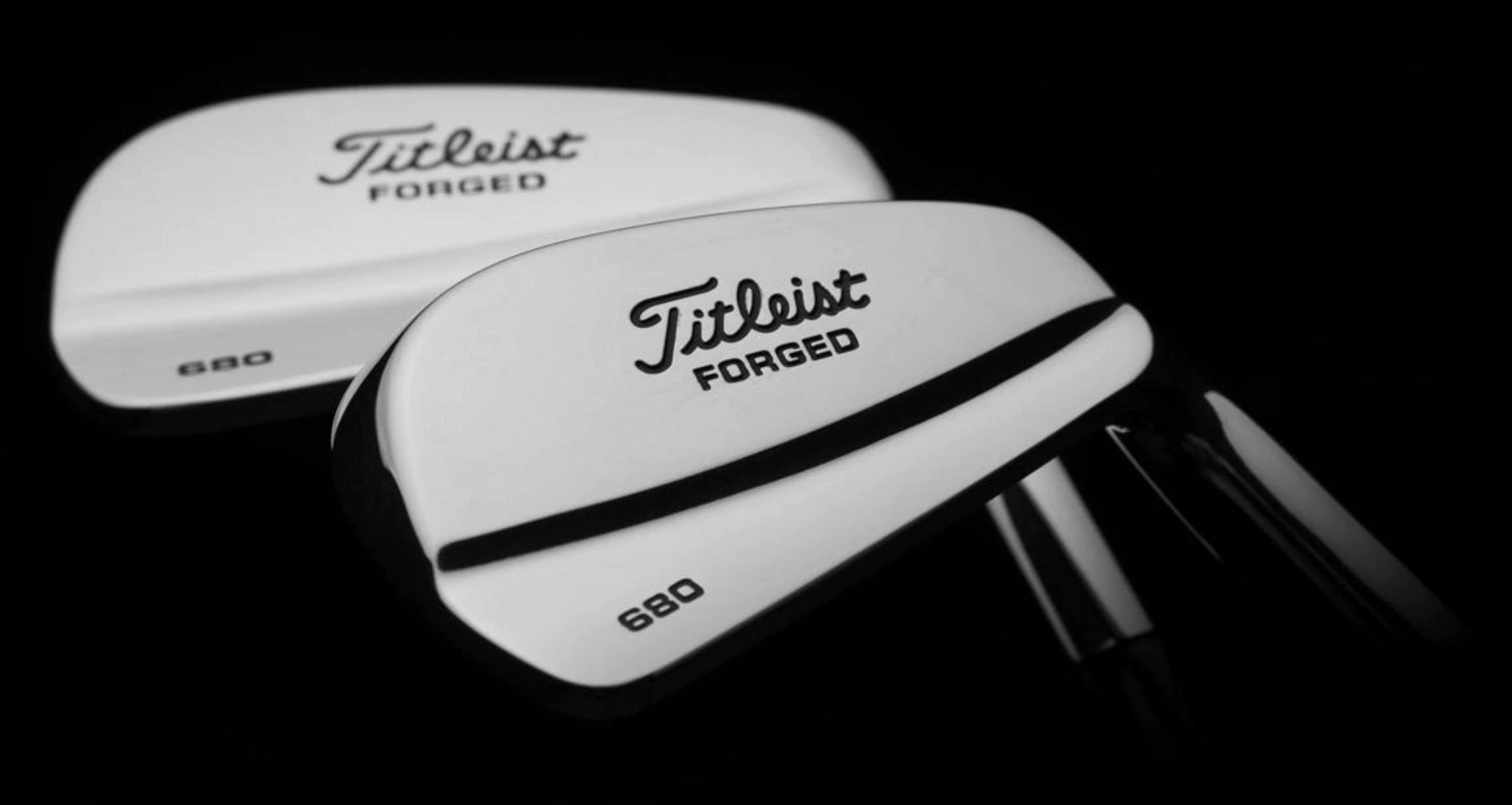
As has been well documented, Adam Scott recently won the Genesis Invitational with a set of Titleist 680 blade irons, a design that was originally released in 2003. One of the great benefits of being one of the best players in the world is you don’t need to search eBay to find your preferred set of 17-year-old irons. Titleist has been stocking sets for Mr. Scott—even to the point of doing a limited production run in 2018 where they then released 400 sets for sale to the general public.
A lot of time has passed since 2003, and considering the classic nature of Scott’s Titleist 680, I figured now was a good time to look back at some other iconic clubs released around the same time.
Ping G2 driver
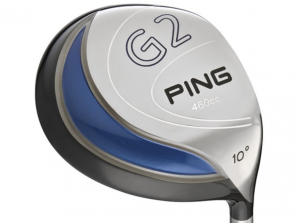
This was Ping’s first 460cc driver with a full shift into titanium head design. The previous Si3 models still utilized the TPU adjustable hosel, and this was considered a big step forward for the Phoenix-based OEM. The driver was a big hit both on tour and at retail—as was the rest of the G2 line that included irons.
TaylorMade RAC LT (first gen) irons
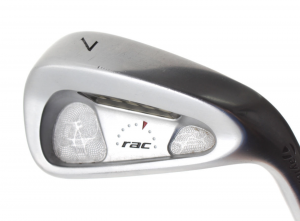
The RAC LTs helped position TaylorMade back among the leaders in the better players iron category. The entire RAC (Relative Amplitude Coefficient) line was built around creating great feeling products that also provided the right amount of forgiveness for the target player. It also included an over-sized iron too. The RAC LT went on to have a second-generation version, but the original LTs are worthy of “classic” status.
TaylorMade R580 XD driver
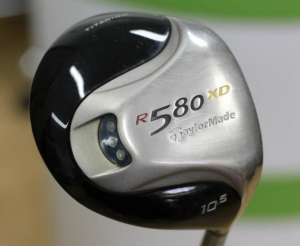
Honestly, how could we not mention the TaylorMade R580 XD driver? TM took some of the most popular drivers in golf, the R500 series and added extra distance (XD). OK, that might be an oversimplification of what the XD series offered, but with improved shape, increased ball speed outside of the sweet spot, and lower spin, it’s no wonder you can still find these drivers in the bags of golfers at courses and driving ranges everywhere.
Titleist 680MB irons
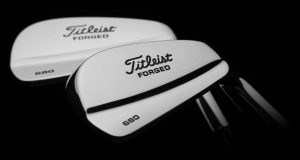
The great thing about blades is that beyond changing sole designs and shifting the center of gravity, the basic design for a one-piece forged head hasn’t changed that much. For Adam Scott, the 680s are the perfect blend of compact shape, higher CG, and sole profile.
Titleist 983K, E drivers
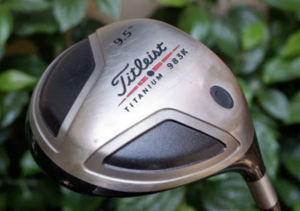
If you were a “Titleist player,” you had one of these drivers! As one of the last companies to move into the 460cc category, the 983s offered a classic pear shape in a smaller profile. It was so good and so popular, it was considered the benchmark for Titleist drivers for close to the next decade.
Cleveland Launcher 330 driver
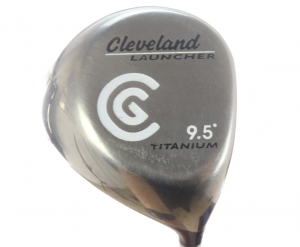
It wasn’t that long ago that OEMs were just trying to push driver head size over 300cc, and Cleveland’s first big entry into the category was the Launcher Titanium 330 driver. It didn’t live a long life, but the Launcher 330 was the grandaddy to the Launcher 400, 460, and eventually, the Launcher COMP, which is another club on this list that many golfers will still have fond memories about.
Mizuno MP 33 irons
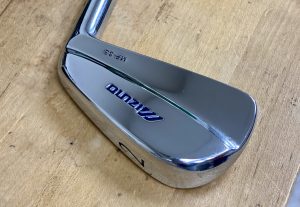
Although released in the fall of 2002, the Mizuno MP 33 still makes the list because of its staying power. Much like the Titleist 680, this curved muscle blade was a favorite to many tour players, including future world No. 1 Luke Donald. The MP 33 stayed in Mizuno’s lineup for more than four years and was still available for custom orders years after that. Unfortunately, if you are looking for a set now you are going to have to go the used route.
Callaway X-16 irons
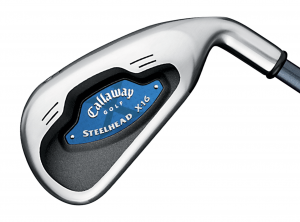
The Steelhead X-16 was a big hit at retail for Callaway. It offered greater forgiveness than the previous X-14’s but had a more compact shape with a wider topline to inspire confidence. They featured Callaway’s “Notch” weighting system that moved more mass to the perimeter of the head for higher MOI and improved feel. There was a reduced offset pro series version of the iron, but the X-16 was the one more players gravitated towards. This is another game improvement club for that era that can still be found in a lot of golf bags.
Ben Hogan CFT irons
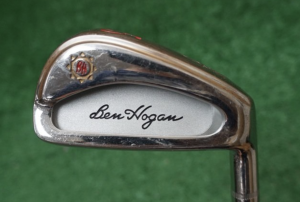
The Hogan CFTs were at the forefront of multi-material iron technology in 2003. CFT stood for Compression Forged Titanium and allowed engineers to push more mass to the perimeter of the head to boost MOI by using a thin titanium face insert. They had what would be considered stronger lofts at the time sounded really powerful thanks to the thin face insert. If you are looking for a value set of used irons, this is still a great place to start.
King Cobra SZ driver
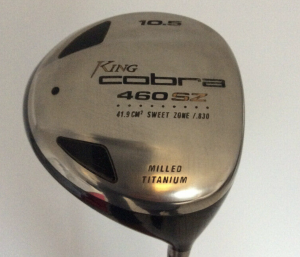
In 2003, Rickie Fowler was only 15 years old and Cobra was still living under the Acushnet umbrella as Titleist’s game improvement little brother. The Cobra SZ (Sweet Zone, NOT 2020 Speed Zone) was offered in a couple of head sizes to appeal to different players. The thing I will always remember about the original King Cobra SZ is that it came in an offset version to help golfers who generally slice the ball—a design trait that we still see around today.
- LIKE176
- LEGIT18
- WOW9
- LOL3
- IDHT1
- FLOP2
- OB1
- SHANK9
Whats in the Bag
Kris Kim WITB 2024 (May)

- Kris Kim what’s in the bag accurate as of the CJ Cup Byron Nelson. More photos from the event here.
Driver: TaylorMade Qi10 (9 degrees @7)
Shaft: Mitsubishi Tensei 1K White 60 TX
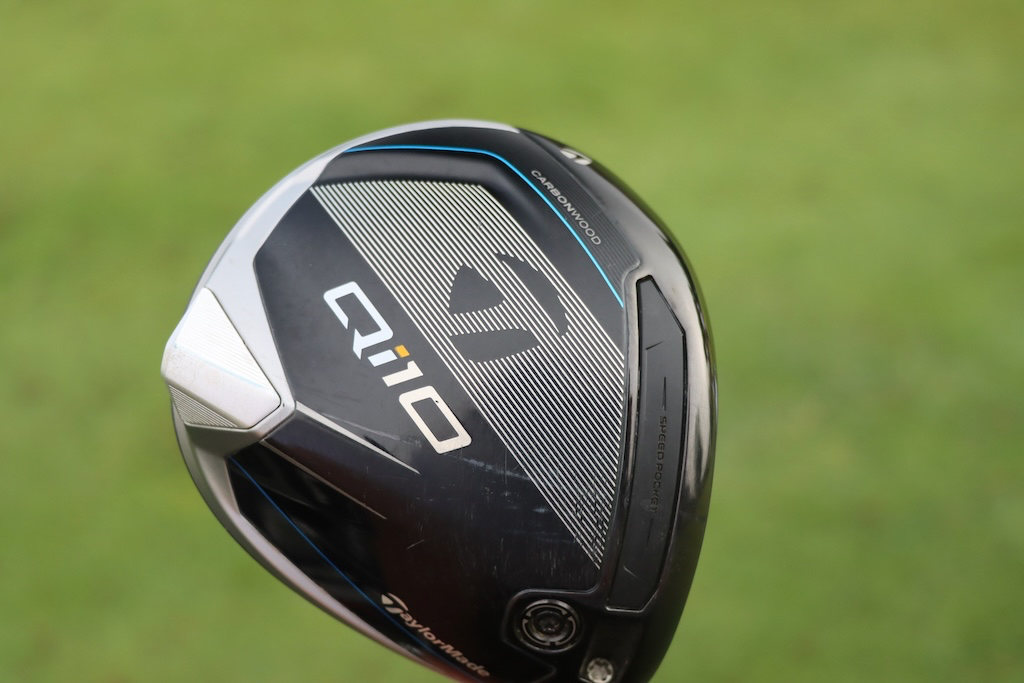

3-wood: TaylorMade Qi10 Tour (15 degrees @13.5)
Shaft: Mitsubishi Diamana WB 73 TX
Irons: TaylorMade P770 (2, 4), TaylorMade P7MB (5-PW)
Shafts: Mitsubishi Tensei 1K White 80 TX (2), Nippon N.S. Pro Modus3 Tour 120 X
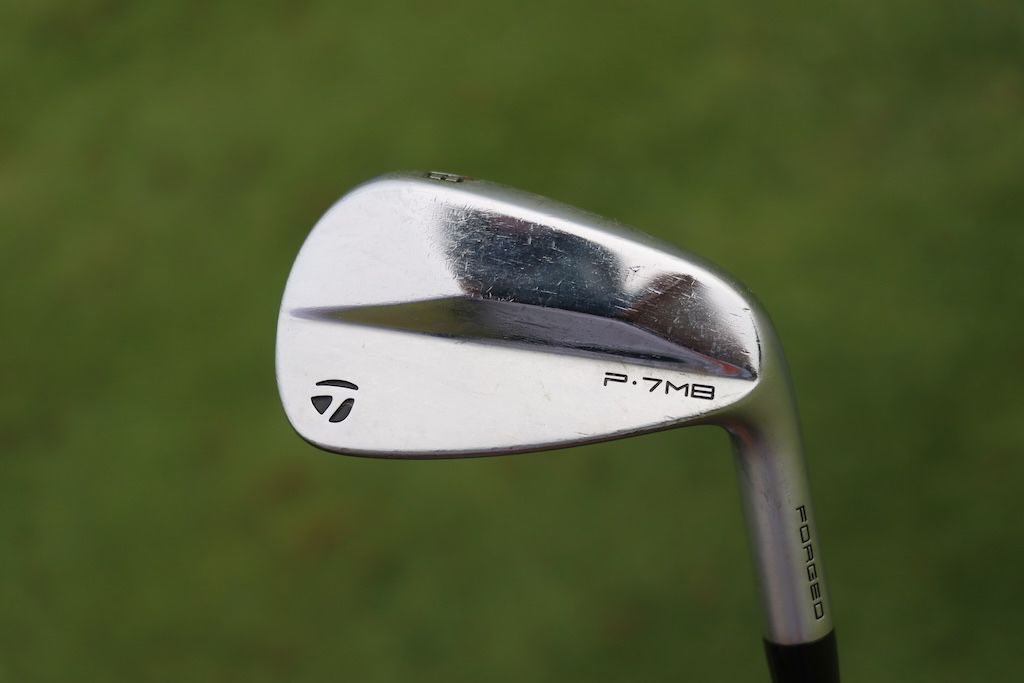

Wedges: TaylorMade MG4 (50-09SB, 56-12SB, 60-11TW)
Shafts: Nippon N.S. Pro Modus3 WV 125
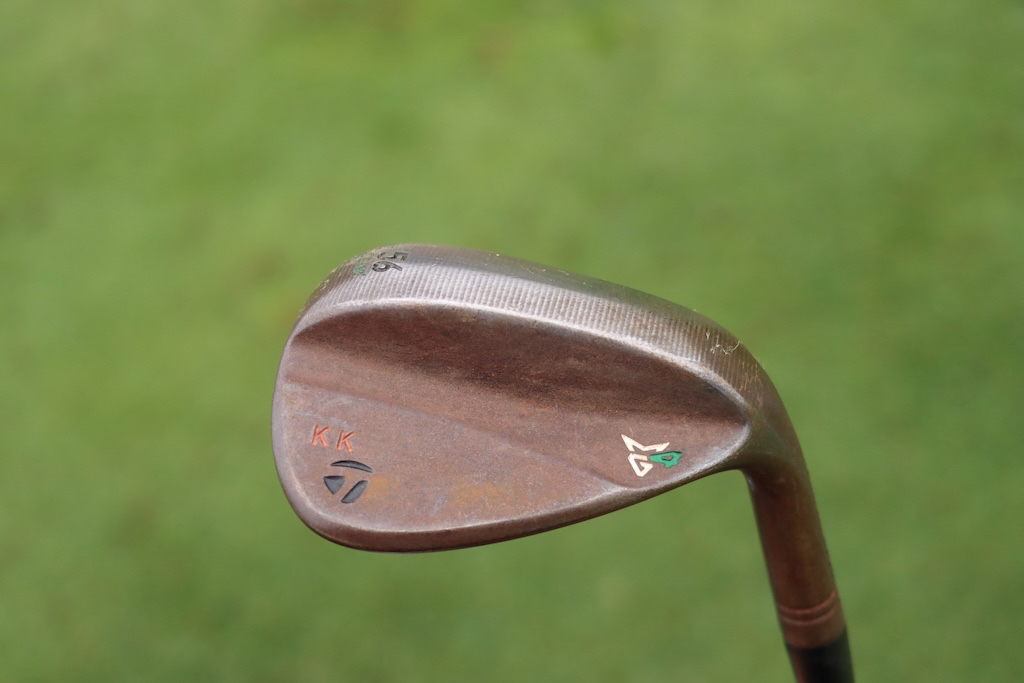

Putter: TaylorMade Spider Tour
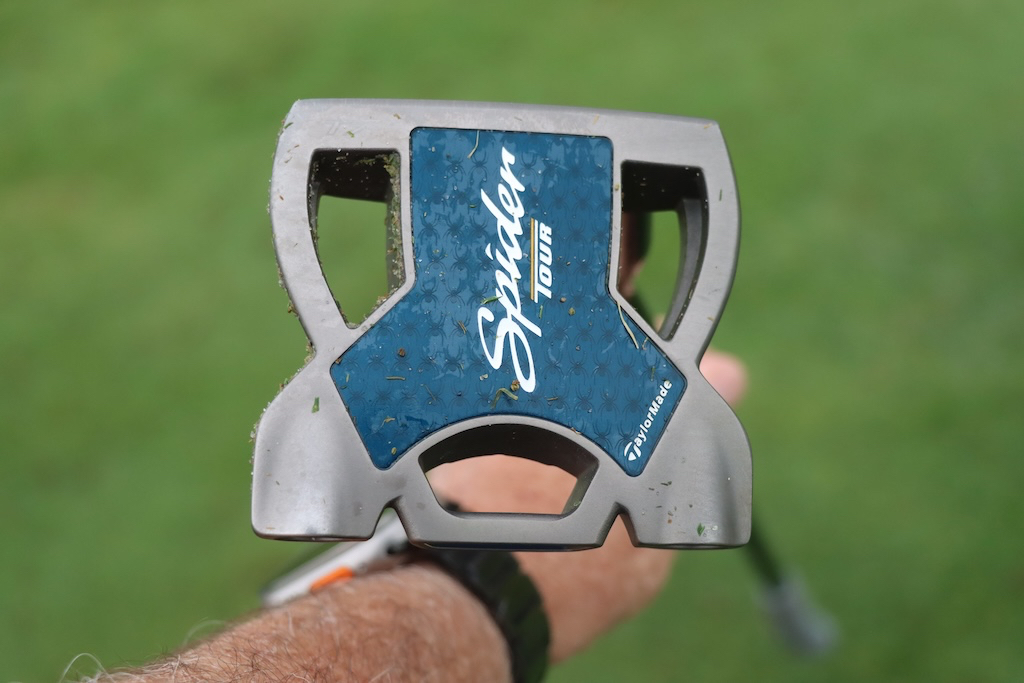
Grips: Golf Pride Tour Velvet Cord
Check out more in-hand photos of Kris Kim’s equipment here.
View this post on Instagram
- LIKE0
- LEGIT0
- WOW0
- LOL0
- IDHT0
- FLOP0
- OB0
- SHANK0
Equipment
Welcome to the family: TaylorMade launches PUDI and PDHY utility irons
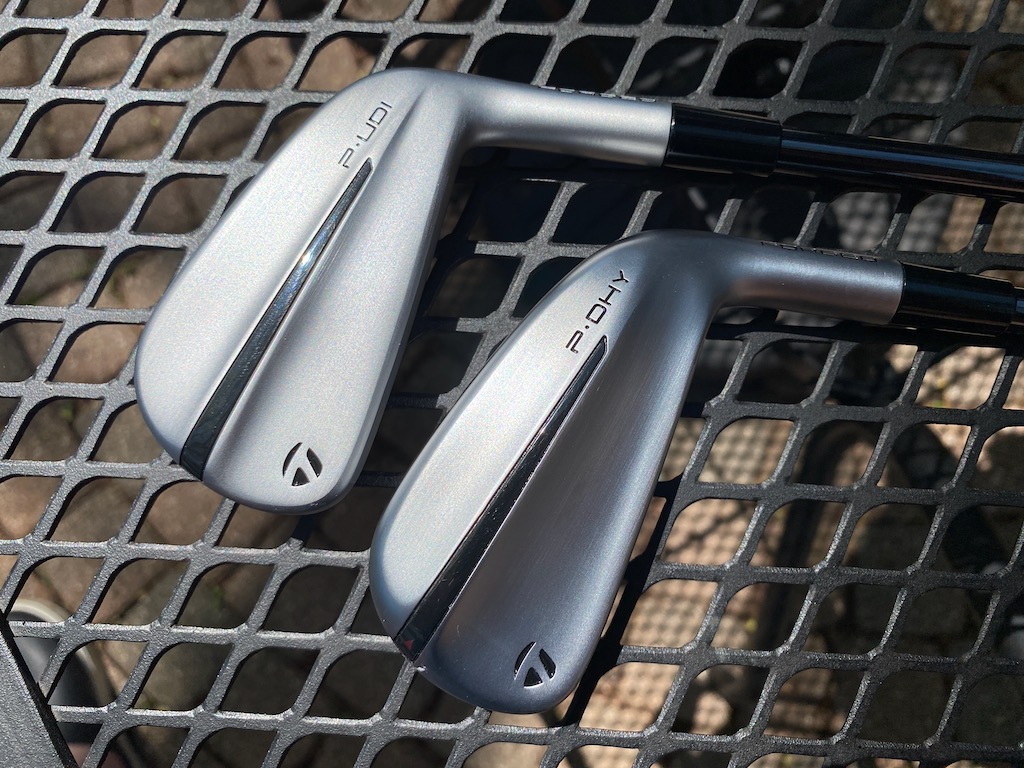
TaylorMade is continuing its UDI/DHY series with the successor to the Stealth UDI and DHY utility irons: PUDI and PDHY (which the company styles as P·UDI and P·DHY). TaylorMade is folding the designs in with its P Series of irons.
TaylorMade outlined the process of developing its new utilities this way. The company started with the data on utility iron usage. Not surprisingly, better players — i.e. those who generate more clubhead speed and strike the ball more precisely — were found to gravitate toward the UDI model. DHY usage, however, covered a wider swath than the company might have expected with six-to-18 handicappers found to be bagging the club.
TaylorMade also found that the majority of golfers playing UDI or DHY utilities were playing P Series irons at the top of their iron configurations.
Can you see where this is going?
Matt Bovee, Director of Product Creation, Iron and Wedge at TaylorMade: “As we look to the future, beyond the tech and the design language, we are excited about repositioning our utility irons into the P·Series family. P·UDI is an easy pair for players that currently play P·Series product and P·DHY is an extremely forgiving option for players of all skill levels. It is a natural fit to give these players the performance in this category that they are looking for.”
View this post on Instagram
TaylorMade PUDI
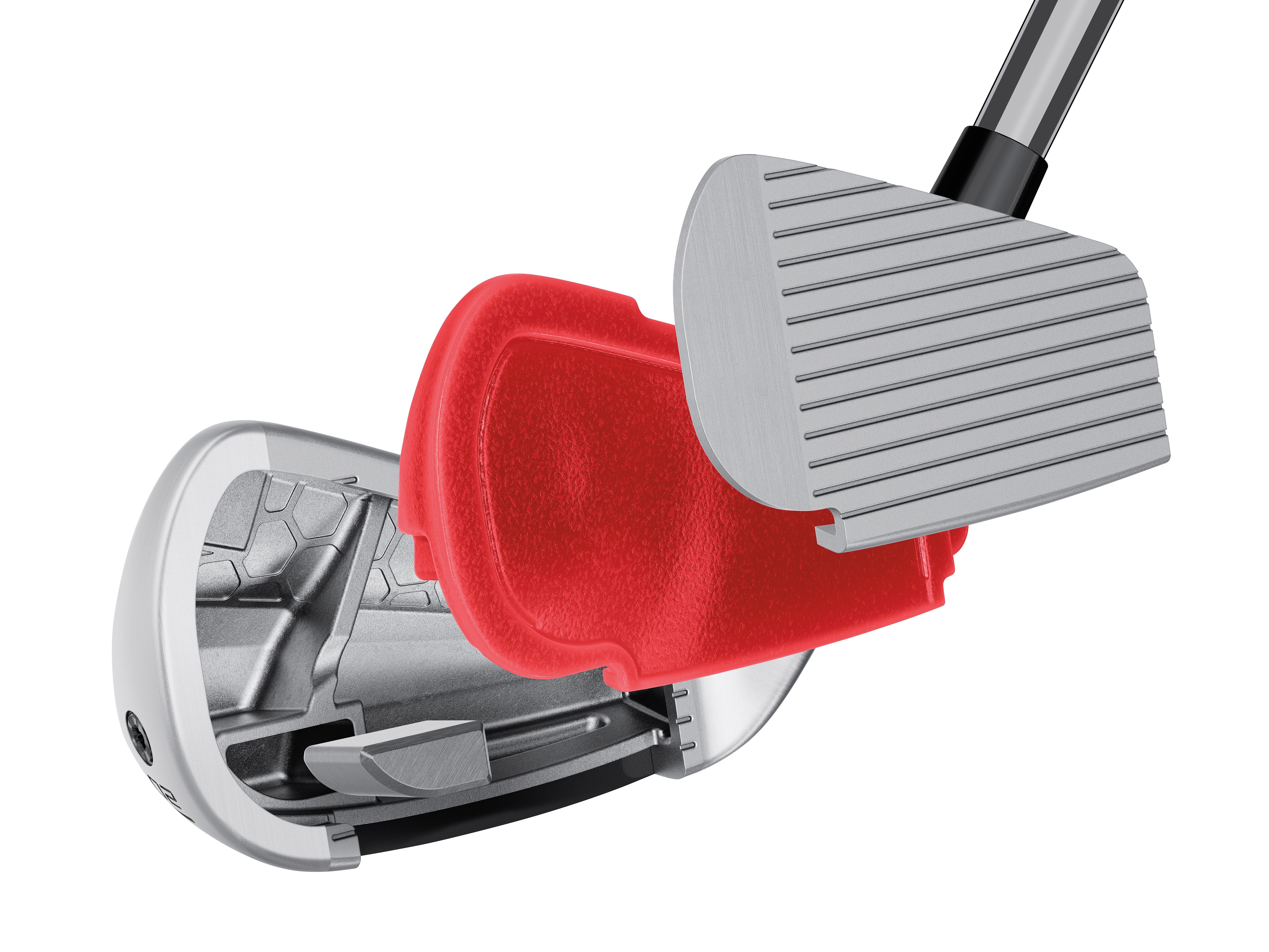
TaylorMade PUDI technology cutaway (via TaylorMade)
Crafted with tour player input, TaylorMade sought to develop a confidence-inspiring utility iron that blends with the rest of the P Series irons. Also of note: Interestingly, the PUDI has a more compact head than the P790.
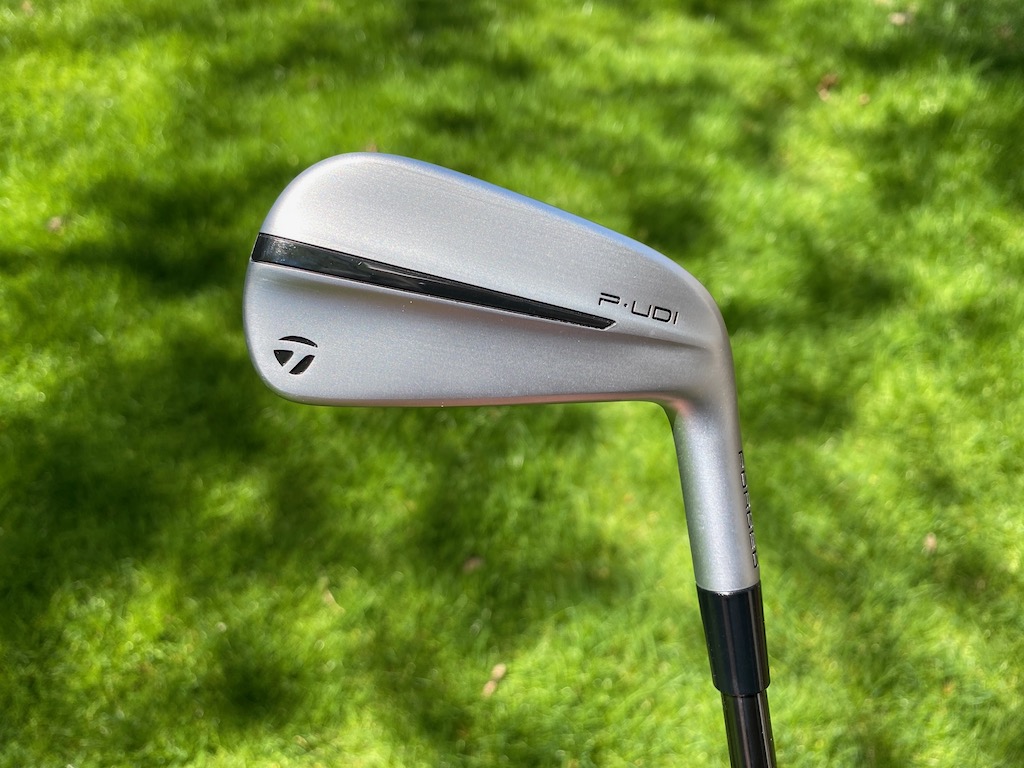
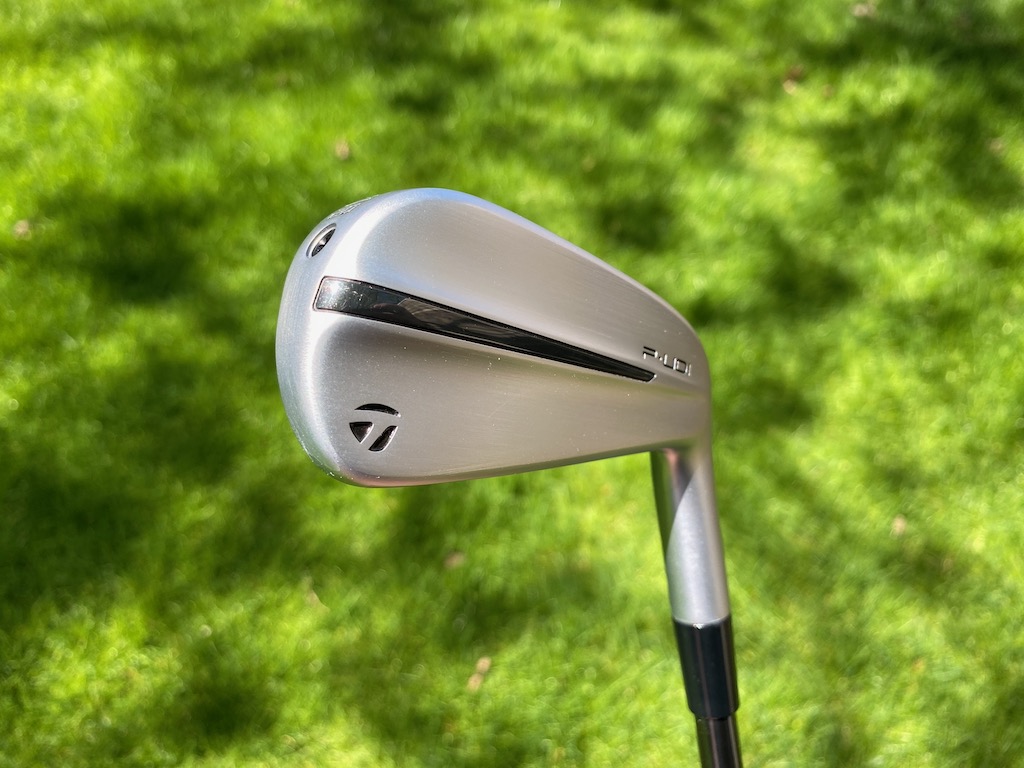
In comparison to past UDI products, the PUDI has a more traditional iron shape, slimmer toplines, and less offset with a little of the backbar visible at address.
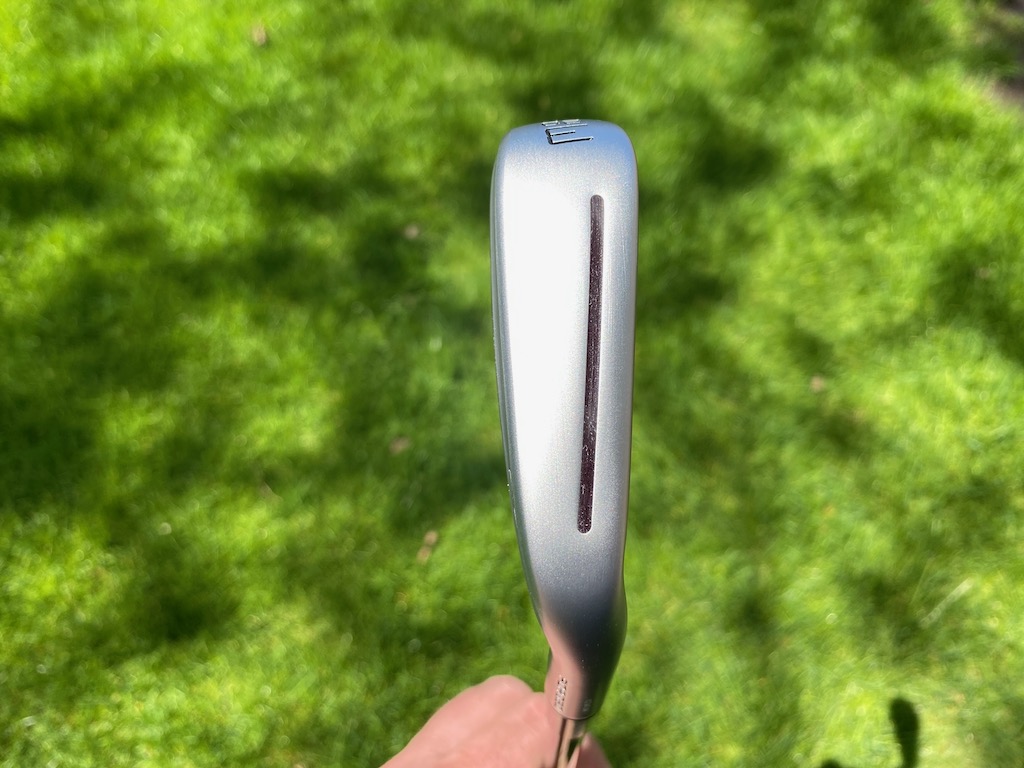

TaylorMade PDHY
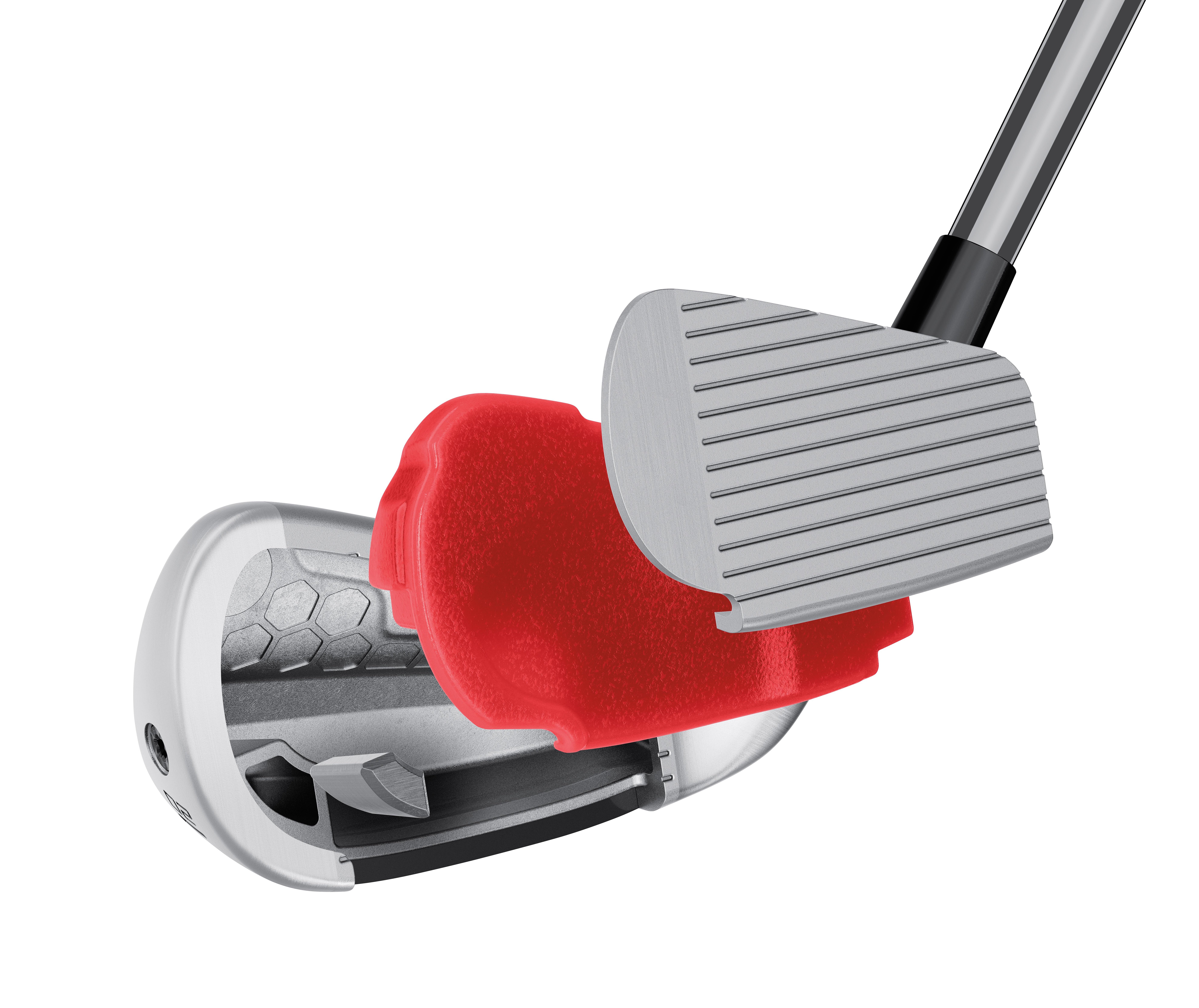
TaylorMade PDHY tech cutaway (via TaylorMade).
Larger in profile than the PUDI, the PDHY seeks to position center of gravity (CG) lower in the club for ease of launch. The toe height is larger and the profile is larger at address — roughly five millimeters longer than PUDI — the sole of the club is wider for improved forgiveness.
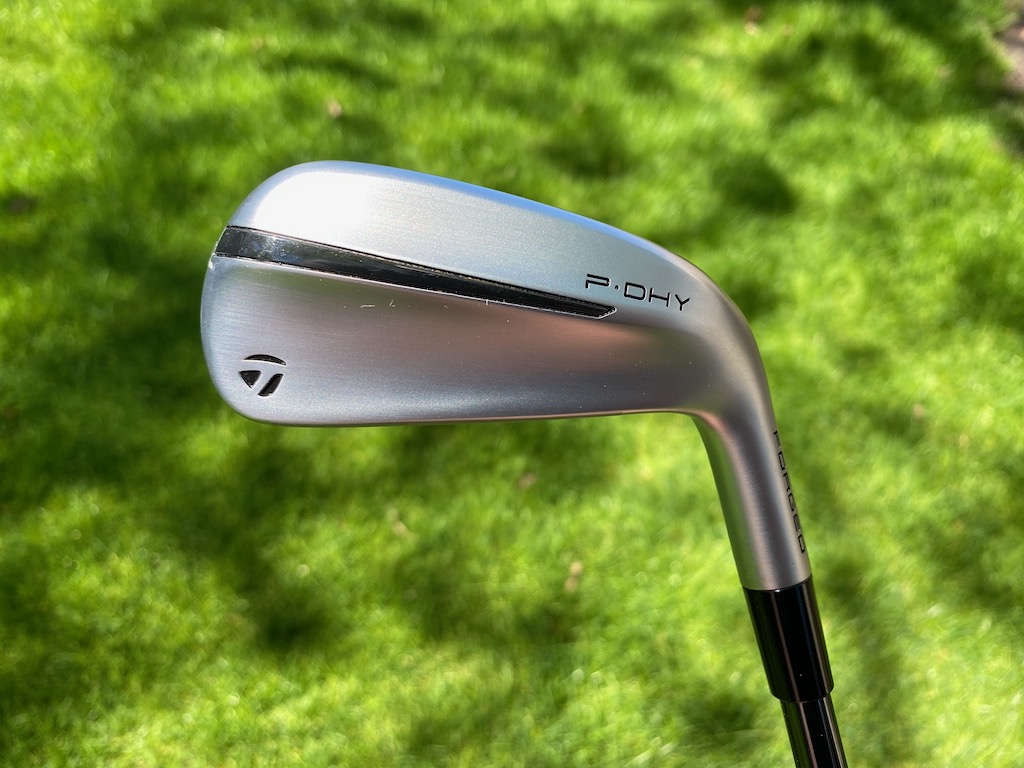



Club Junkie’s take
Golfers who feel like they are missing something at the top of the bag could find the PUDI or PDHY a great option. The look of the PUDI should fit the most discerning eye with a more compact look, less offset, and a thinner topline. If you want a little more confidence looking down the P-DHY will be slightly larger while still being a good-looking utility iron.
For being small packages both models pack a pretty good punch with fast ball speeds, even off-center. The feel is soft and you get a solid feel of the ball compressing off the face when you strike it well. Your ears are greeted with a nice heavy thud as the ball and club come together. The PDHY will launch a little higher for players who need it while the PUDI offers a more penetrating ball flight. Both utility irons could be the cure for an open spot in the top end of the bag.
PUDI, PDHY, or Rescue?
TaylorMade offers the following notes to assist golfers in filling out their bags:
- PUDI has mid-CG right behind the center face to create a more penetrating mid-to-low ball flight
- PDHY has a lower center of gravity to produce an easier-to-launch mid-to-high ball flight.
- Both PUDI and PDHY are lower-flying than the company’s hybrid/Rescue clubs.
- PUDI is more forgiving than P790.
- PDHY is the most forgiving iron in the entire TaylorMade iron family
Pricing, specs, and availability
Price: $249.99
At retail: Now
Stock shafts: UST Mamiya’s Recoil DART (105 X, 90 S and 75 R – only in PDHY)
Stock grip: Golf Pride’s ZGrip (black/grey)
PUDI lofts: 2-17°, 3-20°, 4-22° in both left and right-handed
PDHY lofts: 2-18°, 3-20° and 4-22° in both left and right-handed
- LIKE12
- LEGIT4
- WOW3
- LOL2
- IDHT1
- FLOP1
- OB1
- SHANK3
Equipment
Coolest thing for sale in the GolfWRX Classifieds (5/3/24): Scotty Cameron Champions Choice 2.5+ putter

At GolfWRX, we are a community of like-minded individuals that all experience and express our enjoyment of the game in many ways.
It’s that sense of community that drives day-to-day interactions in the forums on topics that range from best driver to what marker you use to mark your ball. It even allows us to share another thing we all love – buying and selling equipment.
Currently, in our GolfWRX buy/sell/trade (BST) forum, there is a listing for a Scotty Cameron Champions Choice 2.5+ putter
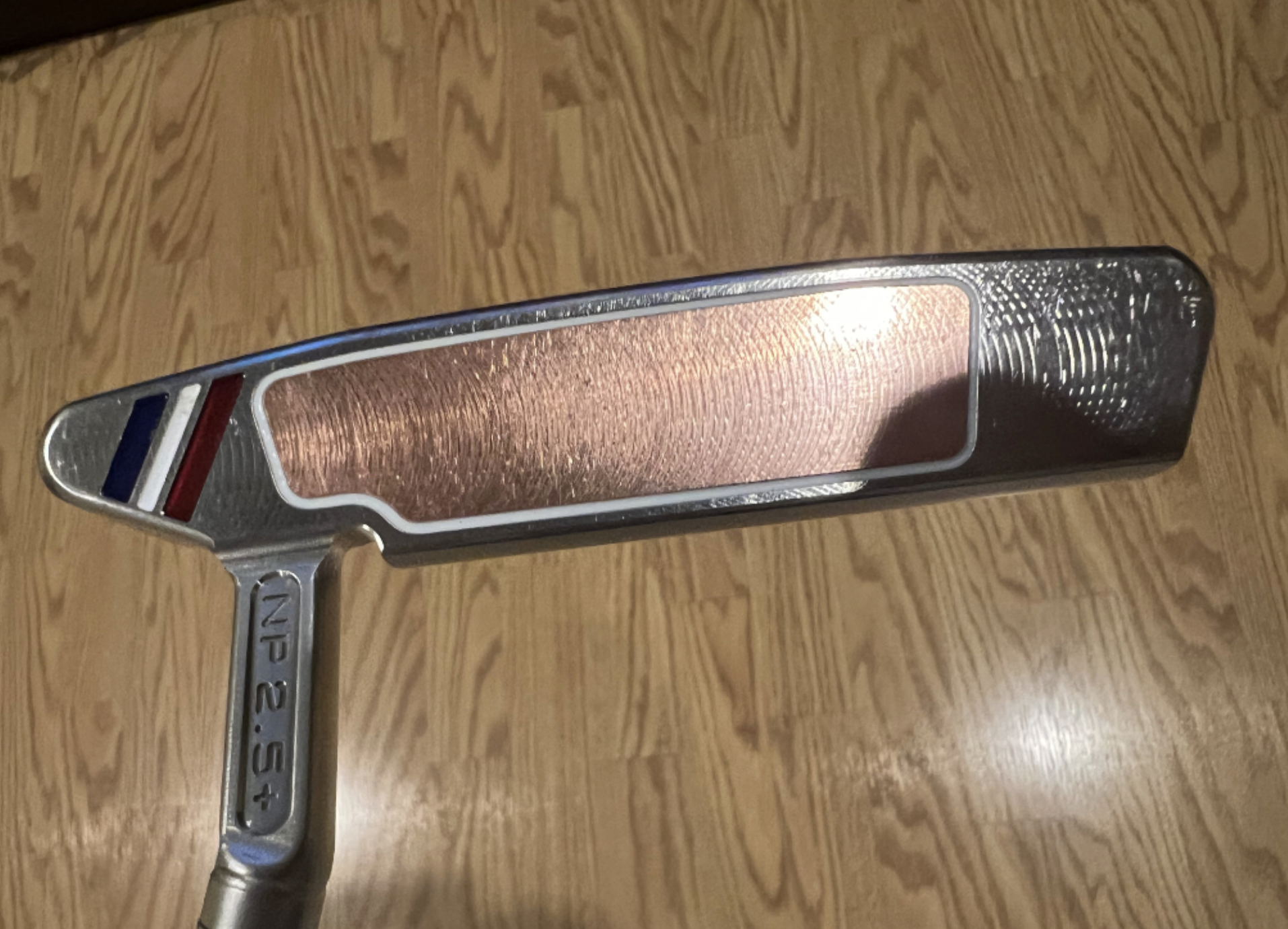
From the seller: (@wwcl): “Has been gamed as pics show. 33.5 includes original h/c and grip. $575 includes shipping and PP fees.”
To check out the full listing in our BST forum, head through the link: Scotty Cameron Champions Choice 2.5+ putter
This is the most impressive current listing from the GolfWRX BST, and if you are curious about the rules to participate in the BST Forum you can check them out here: GolfWRX BST Rules
- LIKE1
- LEGIT1
- WOW0
- LOL0
- IDHT0
- FLOP0
- OB0
- SHANK0
-

 19th Hole2 weeks ago
19th Hole2 weeks agoJustin Thomas on the equipment choice of Scottie Scheffler that he thinks is ‘weird’
-

 19th Hole2 weeks ago
19th Hole2 weeks ago‘Absolutely crazy’ – Major champ lays into Patrick Cantlay over his decision on final hole of RBC Heritage
-

 19th Hole3 weeks ago
19th Hole3 weeks agoTwo star names reportedly blanked Jon Rahm all week at the Masters
-

 19th Hole3 weeks ago
19th Hole3 weeks agoReport: LIV Golf identifies latest star name they hope to sign to breakaway tour
-

 19th Hole3 weeks ago
19th Hole3 weeks agoNeal Shipley presser ends in awkward fashion after reporter claims Tiger handed him note on 8th fairway
-

 19th Hole2 weeks ago
19th Hole2 weeks agoBrandel Chamblee has ‘no doubt’ who started the McIlroy/LIV rumor and why
-

 19th Hole1 week ago
19th Hole1 week agoLET pro gives detailed financial breakdown of first week on tour…and the net result may shock you
-

 Equipment2 weeks ago
Equipment2 weeks agoJason Day on his recent switch into Srixon ZX5 and ZX7 Mk II irons







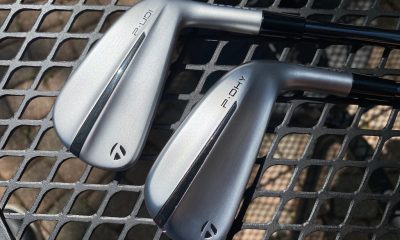


















Bob Pegram
Feb 22, 2020 at 6:18 pm
Unless Scott’s irons have been re-grooved, they are not in compliance with the 2010 groove rules. Grooves are required to have rounded edges. That is true whether they have V-grooves (which they probably have), or U-grooves. Because it is more expensive to manufacture irons with rounded groove edges, virtually NO irons prior to 2010 are legal.
Forged MB
Feb 24, 2020 at 9:29 am
Virtually every part of your comment is 100% incorrect. Many irons made prior to 2010 are conforming, wedges not so much. Just go look at the USGA’s list. Grooves have had rounded edges forever. That’s not what the change in the groove rule was about.
JT
Feb 21, 2020 at 8:47 pm
It definitely should includes the steelhead iii fairway metal.
Don
Feb 21, 2020 at 5:43 pm
Great article. Still have the RAC LT irons and bought 2 of the 983K’s for backup. The driver is perfect size, and the irons are still great sticks to this day. Also have the TM Vsteel fairways and Cleveland 588P irons…just love those older classic shapes.
bobbyg
Feb 21, 2020 at 4:04 pm
Thanks for the article. Makes me wish I still had my 660 blades.
Rich Douglas
Feb 21, 2020 at 3:52 pm
Not much has changed over the years. With drivers we’ve seen an increased use of composite materials (allowing for more perimeter weighting) and adjustability. With irons we have even more use of multi-metal design, greater perimeter weighting, and increased MOI.
But really, you could take a set of clubs made in 2003 and do just fine with them.
Skip to 'ma lou
Feb 21, 2020 at 1:06 pm
Titleist 905R! LOVED THAT DRIVER! Not sure if it was an ’03 gem though.
James
Feb 21, 2020 at 12:56 pm
Love the TM R500 XD – had 4 of them because the face kept cracking and I don’t even swing that hard.
Scootin'
Feb 21, 2020 at 12:10 pm
Love this post. Wishing for more like it!
BingHogan
Feb 21, 2020 at 11:52 am
Great article!
Still have a set of MP 33’s around here with DG S300’s.
My favorite driver was the Titleist 983 series. Wonderful!
Maybe Mizuno will do a new version of the MP33. Mr Vosh68…
Gunter Eisenberg
Feb 21, 2020 at 11:47 am
Don’t forget the R510 TP. That club is still relevant till this day.
Mike
Feb 21, 2020 at 11:26 am
Cool that AS won with 17-year old irons. The pro at a course I play says you should have a driver that was made within the last 5 years or so but other than that play what you like because the newer stuff won’t help you much. I think there’s a lot of truth in his opinion.
DJJ
Feb 21, 2020 at 10:27 am
first set of irons I bought in 2003 was the Cleveland TA 5. I had both the 983K an 580 XD at some point.
Brandon
Feb 21, 2020 at 10:26 am
You guys need to make a year by year series of this. Maybe 1 article per week. Way better than Instagram pictures of head covers and divot tools.
Bogan
Feb 21, 2020 at 1:59 pm
Agreed, the top Instagram posts and hot forum discussions are uninteresting and uninspired summaries. This article on the other hand is great!
William Pucci
Feb 21, 2020 at 10:13 am
I played my best golf with my RAC LTs.Id still play them if I could. I have them in an old bag in our office.
Oldguy
Feb 21, 2020 at 10:08 am
Great article…owned a few of them…still have the cft hogans in the garage…think i will get them out and hit them this weekend!!! Don’t remember ever hitting a good shot with the callaway x16s…lol!!
Don T
Feb 21, 2020 at 8:55 am
I love all of this
Frickie Rowler
Feb 21, 2020 at 8:44 am
King Cobra SS 427 driver was the best of 2002. BING